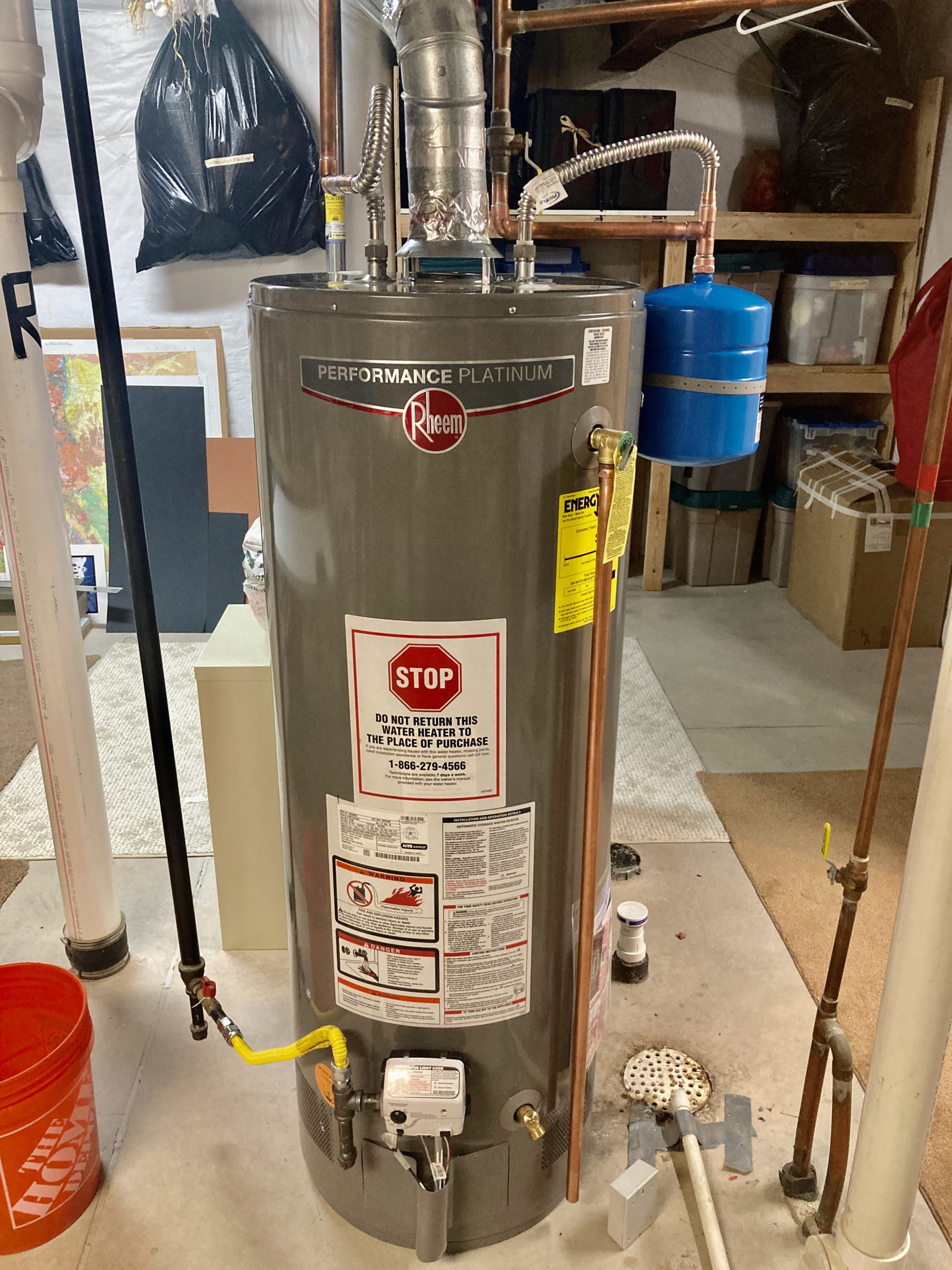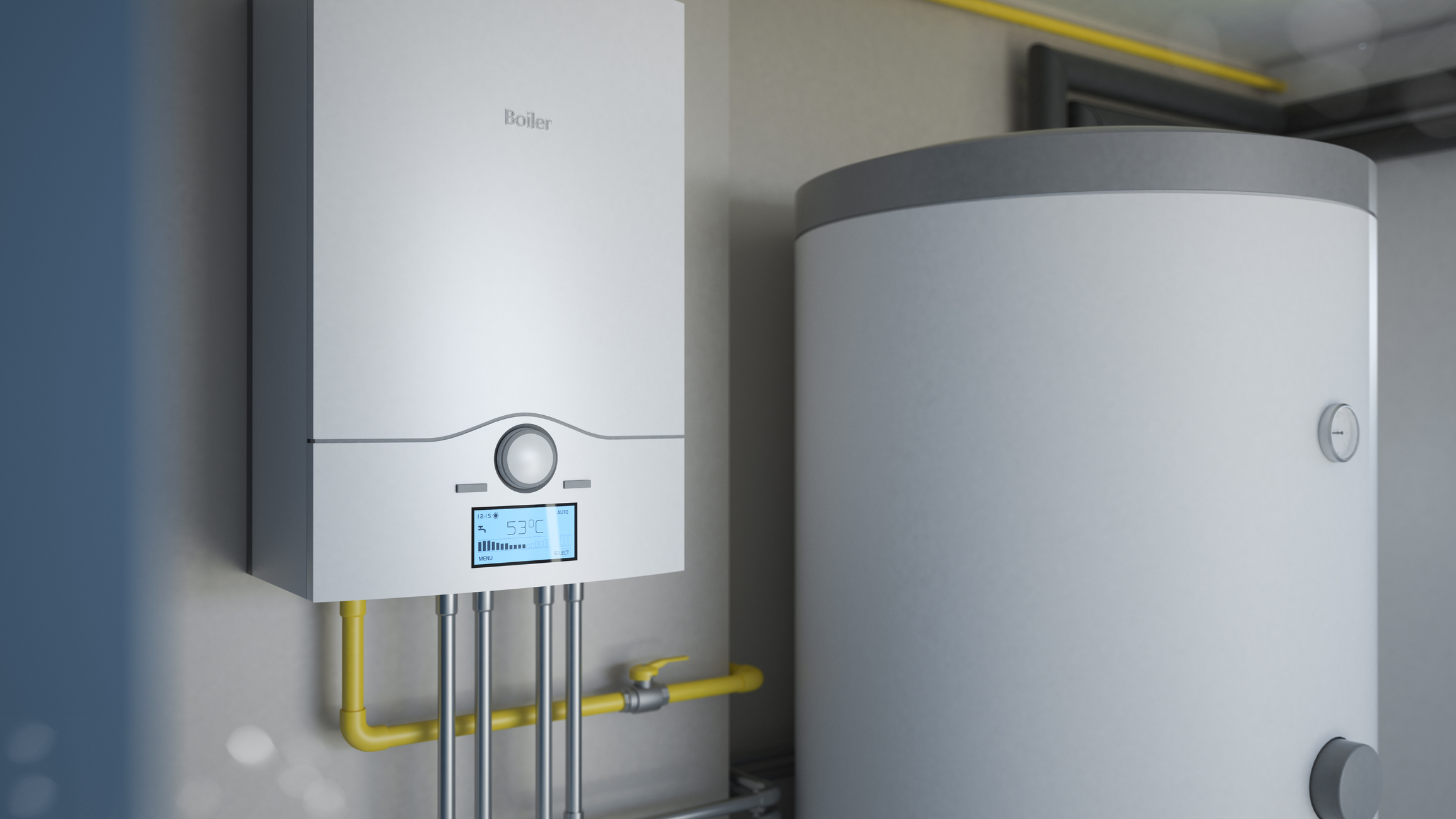Specialist Advice for Maintaining Your Home's Hot Water System
Specialist Advice for Maintaining Your Home's Hot Water System
Blog Article
We have stumbled upon this article relating to What Kind of Maintenance Do Water Heaters Need? listed below on the net and concluded it made perfect sense to talk about it with you on this page.

Hot water is necessary for daily convenience, whether it's for a refreshing shower or cleaning meals. To guarantee your hot water system runs successfully and lasts longer, normal maintenance is vital. This short article gives functional tips and understandings on how to maintain your home's warm water system to avoid interruptions and costly repair services.
Intro
Maintaining your home's warm water system might appear daunting, but with a couple of simple steps, you can guarantee it operates smoothly for several years to come. This overview covers everything from comprehending your warm water system to DIY upkeep pointers and knowing when to employ professional assistance.
Relevance of Keeping Your Hot Water System
Normal maintenance not just extends the life-span of your hot water system yet also guarantees it operates successfully. Overlooking upkeep can result in lowered efficiency, greater energy expenses, and also premature failing of the system.
Signs Your Warm Water System Needs Upkeep
Knowing when your hot water system requires attention can stop major problems. Keep an eye out for signs such as irregular water temperature, unusual sounds from the heater, or rustic water.
Purging the Water Heater
Flushing your water heater gets rid of sediment accumulation, boosting efficiency and extending its life.
Monitoring and Replacing Anode Rods
Anode rods stop corrosion inside the storage tank. Checking and changing them when worn out is important.
Facility Issues Needing Expert Aid
Examples include significant leakages, electric troubles, or if your water heater is continually underperforming.
Routine Expert Upkeep Advantages
Specialist maintenance can include complete examinations, tune-ups, and making certain compliance with safety and security criteria.
Inspecting and Adjusting Temperature Setups
Changing the temperature level setups guarantees optimal performance and security.
Do It Yourself Tips for Upkeep
You can execute several maintenance tasks yourself to keep your warm water system in leading problem.
Looking for Leakages
Consistently examine pipes and connections for leaks, as these can cause water damages and greater costs.
Recognizing Your Warm Water System
Prior to diving right into upkeep jobs, it's handy to recognize the standard parts of your hot water system. Commonly, this includes the water heater itself, pipelines, anode poles, and temperature level controls.
Month-to-month Upkeep Tasks
Normal month-to-month checks can aid capture minor concerns prior to they escalate.
Examining Stress Relief Valves
Examining the pressure relief valve guarantees it functions appropriately and stops extreme pressure build-up.
Insulating Pipelines
Protecting hot water pipelines decreases heat loss and can conserve energy.
When to Call a Specialist
While do it yourself upkeep is useful, some concerns require specialist knowledge.
Final thought
Normal maintenance of your home's hot water system is necessary for efficiency, long life, and expense savings. By adhering to these suggestions and recognizing when to seek specialist assistance, you can ensure a trusted supply of hot water without unanticipated disruptions.
Water Heater Maintenance: The Basics
Maintaining your water heater will ensure it operates efficiently and has a longer lifespan. Neglecting regular maintenance can lead to costly repairs and an even bigger chunk of your savings if you have to replace it sooner than necessary. But there’s good news: Most water heater maintenance tasks are relatively simple and easy for homeowners with basic DIY skills.
Flush the Water Heater
Over time, sediment and minerals can build up in the tank, reducing its efficiency and potentially causing damage. To flush the tank, turn off the power or gas supply, attach a hose to the drain valve near the bottom and open the valve to drain the water until it runs clear. Ideally, flush the tank annually.
Replace the Anode Rod
The anode rod is a sacrificial metal rod that helps prevent corrosion inside the tank. Inspect and replace it every three to five years or per the manufacturer's recommendation. To replace the anode rod, turn off the power or gas supply, drain a few gallons of water from the tank, unscrew the old rod and replace it with a new one. If the anode rod is significantly corroded or covered in calcium buildup, it's a sign the water heater may need to be replaced soon.
Tune-Up
A yearly tune-up can help identify potential issues and ensure your water heater operates at peak efficiency. This typically involves checking the thermostat, burner assembly (for gas heaters) and any other components specified by the manufacturer. During a tune-up, the technician may also clean the burner and adjust the pilot light (for gas heaters) or examine the heating elements (for electric heaters).
How to Maintain Your Water Heater
Insulate the tank. Insulating the tank can improve energy efficiency and reduce heat loss, saving you money on energy bills. You can purchase precut insulation blankets designed specifically for water heaters or use standard fiberglass insulation wrapped securely around the tank. Check the temperature. The recommended water temperature for most households is around 120 degrees Fahrenheit (49 degrees Celsius). Higher temperatures can increase energy costs and potentially cause scalding. Use a kitchen thermometer to check the temperature at the faucet nearest the water heater. Monitor water pressure. Excessive water pressure can strain the water heater and cause leaks or even tank failure. Install a pressure-reducing valve if necessary. The ideal water pressure range is between 60 and 70 PSI (pounds per square inch). Test the temperature and pressure (T&P) relief valve. The T&P relief valve is a safety feature that releases pressure if the tank gets too hot or the pressure builds up too high. Test it annually by lifting the lever and allowing a small amount of water to release. Replace the valve if it doesn't release water or reseal properly. Check for leaks. Regularly inspect the tank, pipes and fittings for leaks or corrosion. Deal with issues promptly to prevent further damage. Even a small leak can lead to significant water damage over time. Consider a tankless water heater. If your traditional tank-style water heater is nearing the end of its lifespan ( typically 10 years), consider replacing it with a tankless water heater. These units heat water on demand, reducing standby energy losses and potentially saving you money on your energy bills. Schedule professional maintenance. While homeowners can perform many water heater maintenance tasks, it's still a good idea to schedule professional maintenance every few years. A plumber or HVAC technician can thoroughly inspect the unit, identify potential issues and ensure it operates safely and efficiently. https://www.homeserve.com/en-us/blog/home-improvement/hot-water-heater-maintanence/

We are very occupied with Water Heater Maintenance Tips You Can't Afford to Forget and I really hope you enjoyed our blog post. Those who enjoyed our article please don't forget to pass it around. We love your readership.
Call Us Today Report this page